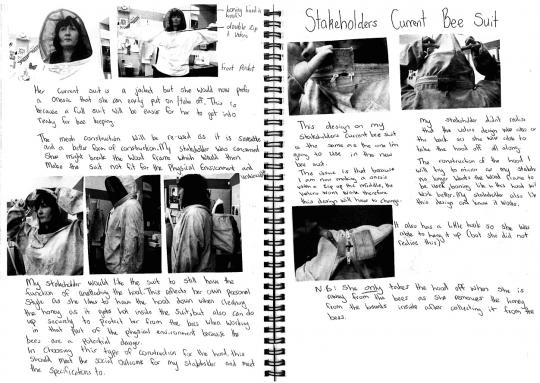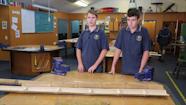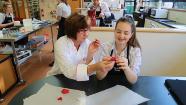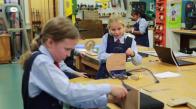Captivating contexts: Kiwi break
Image courtesy of Sura Nualpradid at FreeDigitalPhotos.net
Teaching inquiry
How do I find contexts that will captivate my class?
An effective context
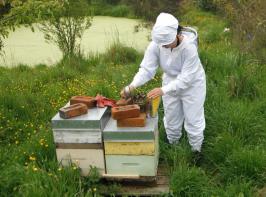
Kirsten Le Bon is a textiles teacher at Nayland College. She recently introduced “Kiwi break” as a context for a year 12, level 2 textiles class that needed to identify an issue within a context.
The context "Kiwi break" proved to be successful with Kirsten's class and highlighted what she would say are some features of effective contexts:
- broad enough to allow for diverse issues
- relevant and interesting to the students
- connected to prior teaching and learning
- closely connected to curriculum understandings
- scaffolded to allow senior students to develop and demonstrate their own interests and depth and breadth of understanding.
Broad enough to allow for diverse issues
Kirsten believes that an essential factor in the success of this context was that it gave students a broad framework in which to explore their ideas. She asked the students to consider the following question:
What do Kiwis do in their summer break and what does New Zealand offer in terms of the tourism industry in the summer break?
Kirsten Le Bon
Relevant and interesting
All of the students had ideas that they could contribute within the context of "Kiwi break". They discussed their family breaks in the summer, who they would like to have summer breaks with, and how they would like to spend their summer.
Kirsten talked about an aunt who loved gardening in her summer break but had skin cancer and needed clothing to protect her skin. This into broad discussions on summer breaks for different ages and requirements.
Connected to prior teaching and learning
The students' learning within the project before “Kiwi break” made a difference too. This project, “Good fit”, developed the students’ skills in pattern making so that they came to the next project with understandings and skills – having made something for themselves and ready to think about others.
Closely connected to curriculum understandings
Kirsten’s students were assessed against AS 91354 Undertake brief development to address an issue and also used their work within “Kiwi break” to contribute evidence for AS 91358 Demonstrate understanding of how technological modelling supports risk management and AS 91357 Undertake effective development to make and trial a prototype.
Scaffolded
Kirsten believes that at level 7 students need to be encouraged to bring their own relevant research and knowledge to the table. She sees scaffolding with questioning as an effective approach to help students make connections. For example, when focusing on modelling she asked questions such as:
- What have you considered?
- Why have you considered this?
- What will you do to model or test this?
- Why did it perform the way it did?
- How did you make a decision?
- What did you decide on as your final outcome?
Outcomes
The outcomes students produced for “Kiwi break" include a bush shirt for a boyfriend, a beekeeper's suit, an outfit for a mother to wear to a summer wedding, and a shirt for a father to wear when working on cars at a stock-car meeting.
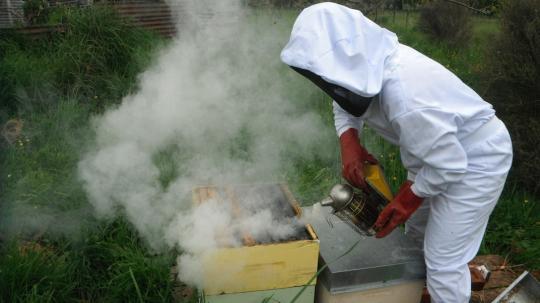
Related resource


Captivating contexts: Horror movies
Horror movies provided the context for a filmmaking project that engaged photography and design students.
Related videos
Senior students select their own issues
Year 12 students talk about the issues that they have selected for their projects.
Getting the context right (01:31)
Students, teachers, and the school community are interested and engaged in the projects and products in the technology programme, says Judi Delbridge....
Real food, real fast (02:35)
Students were set a brief to develop a faster, fresher, healthier takeaway based on an analysis of a traditional recipe....
A food bag for a family dinner (03:31)
With a focus on using seasonal produce and their families as stakeholders, students produced great recipes and food bags for a family dinner....
My context and issue (04:57)
Year 13 students share about the contexts and issues they have chosen in their food technology programme.
Engaging contexts in product design (03:09)
Abby Dingle discusses materials and tools that engage students in product design.


